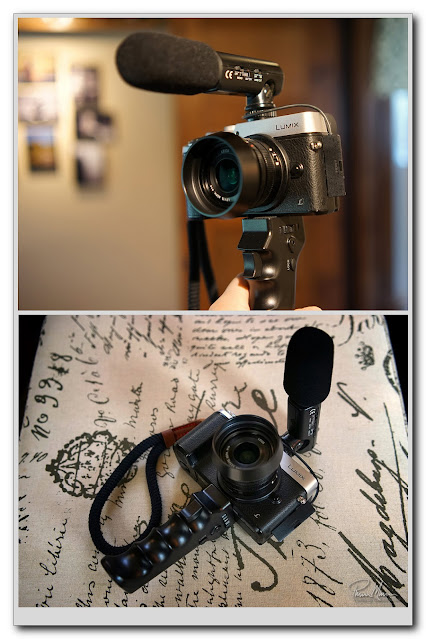More Super 8 Emulation Experimenting

I 've been spending quite a bit of time trying to emulate Super 8 video footage fairly accurately and I have now come quite close. The two biggest factors in trying to get this emulation believable turned out to be, first, making sure I shoot in a rather flat color profile and, second, learning more about the hundreds of video effects I have with my video editing software. "Learning" about these video effects means knowing what each is supposed to do and learning how to effectively use each effect. This alone was a time consuming process. I chose to make things a bit easier for myself by switching cameras from my Fuji X30 that I used in earlier tests to a camera that is capable of shooting video in "Cine-like D". The older Fuji X30 doesn't have a flatter profile. It has nice contrasty images, which is great for images straight-out-of-the-camera but not so great for video footage when you want to do some editing. The "Cine-like D" profile on my...